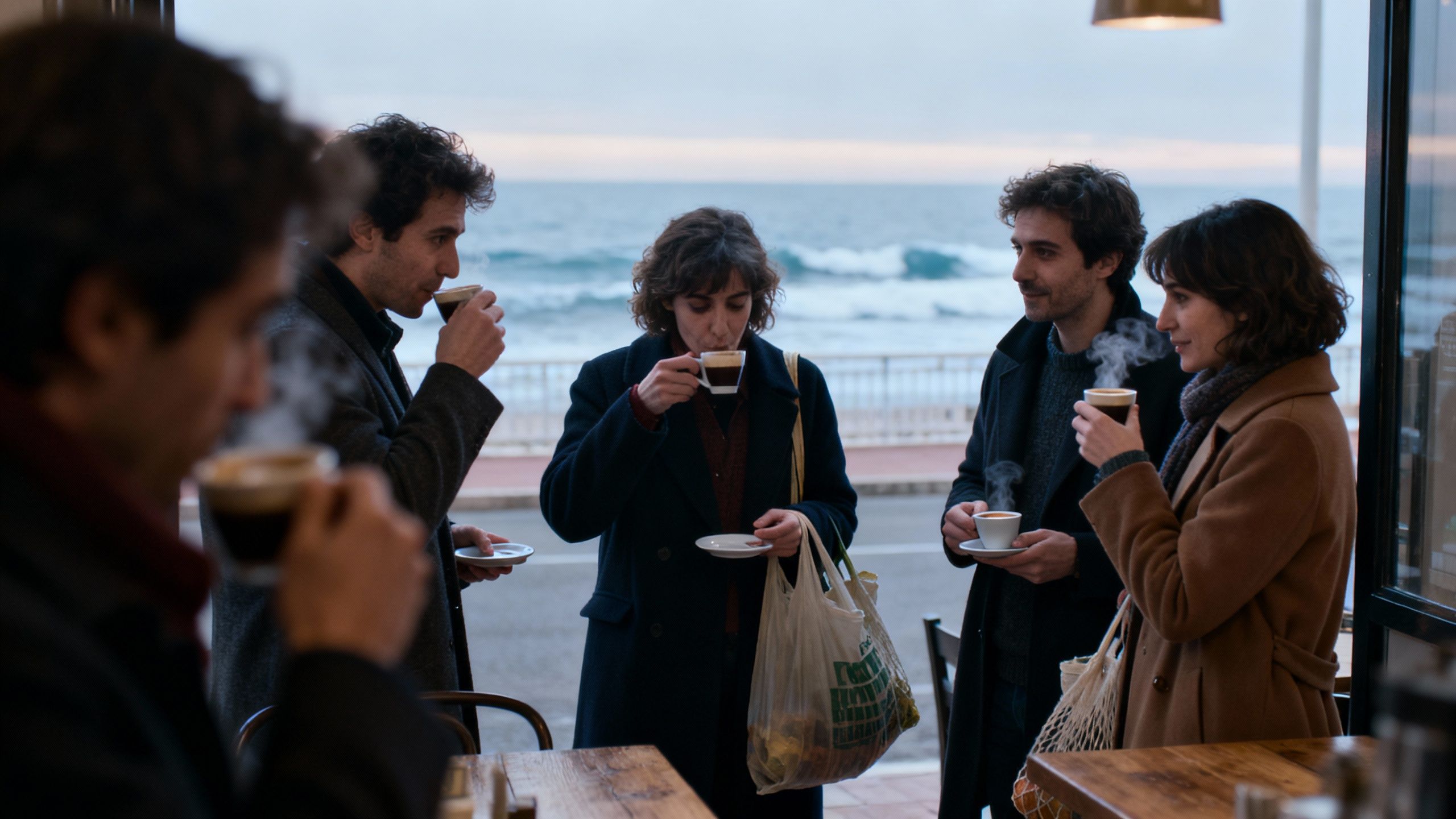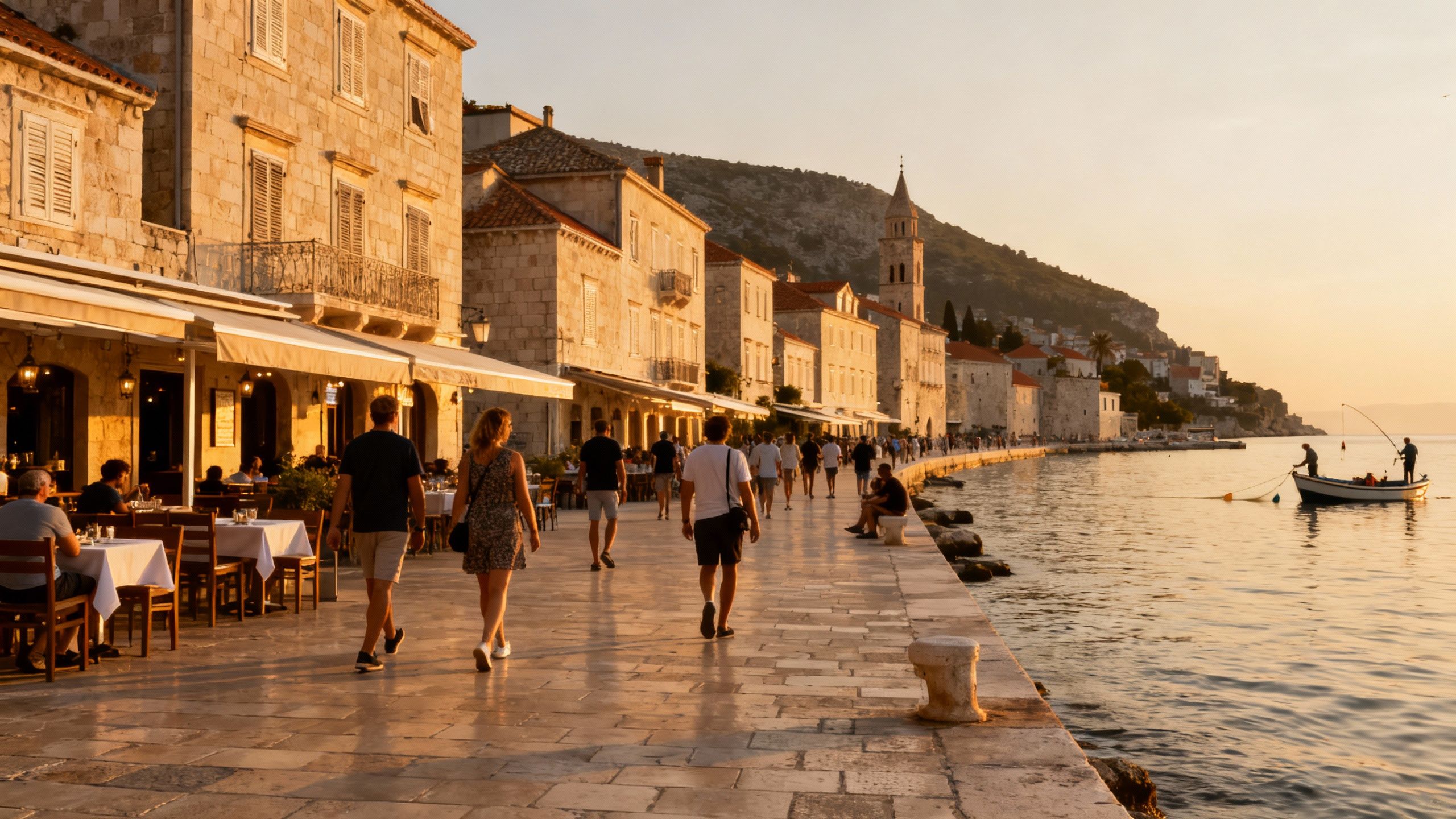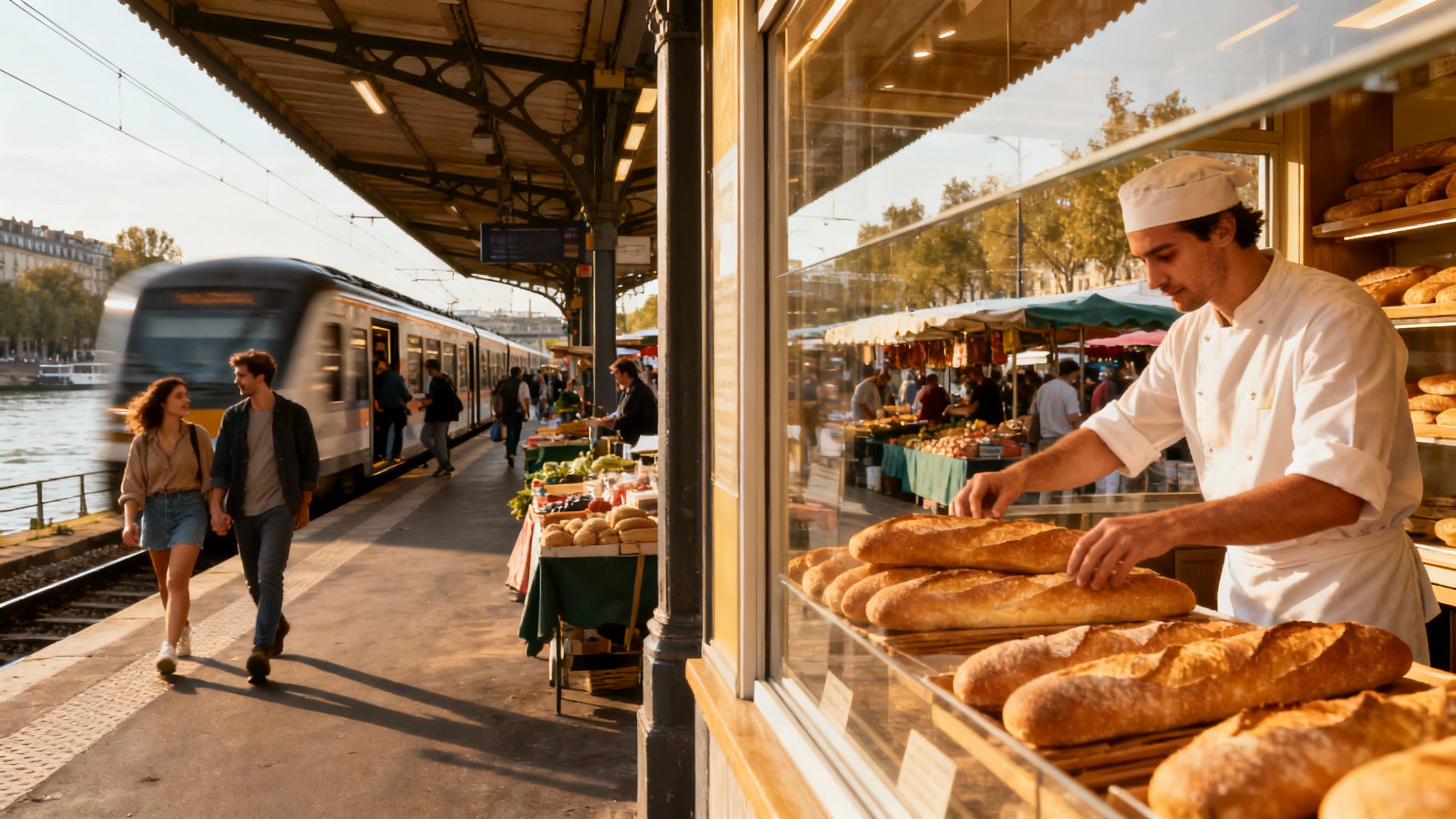Croatia’s Coast Isn’t Only for Summers
Croatia’s coastline is becoming year-round; match the lifestyle you want to concrete checks—services, seasonality, tax shifts—and verify sales, not asks.
Imagine starting your day with espresso on Split’s Riva, then cycling narrow lanes in Diocletian’s shadow before a late lunch of grilled branzino. The Adriatic sets a rhythm here: mornings for markets, long lunches with family-style plates, and evenings that thin into quiet cobbled streets. That lived-in, year-round life is why many of us come; the surprise is how policy, seasonality and market rules rewrite that dream into concrete choices.
Living the Croatian lifestyle
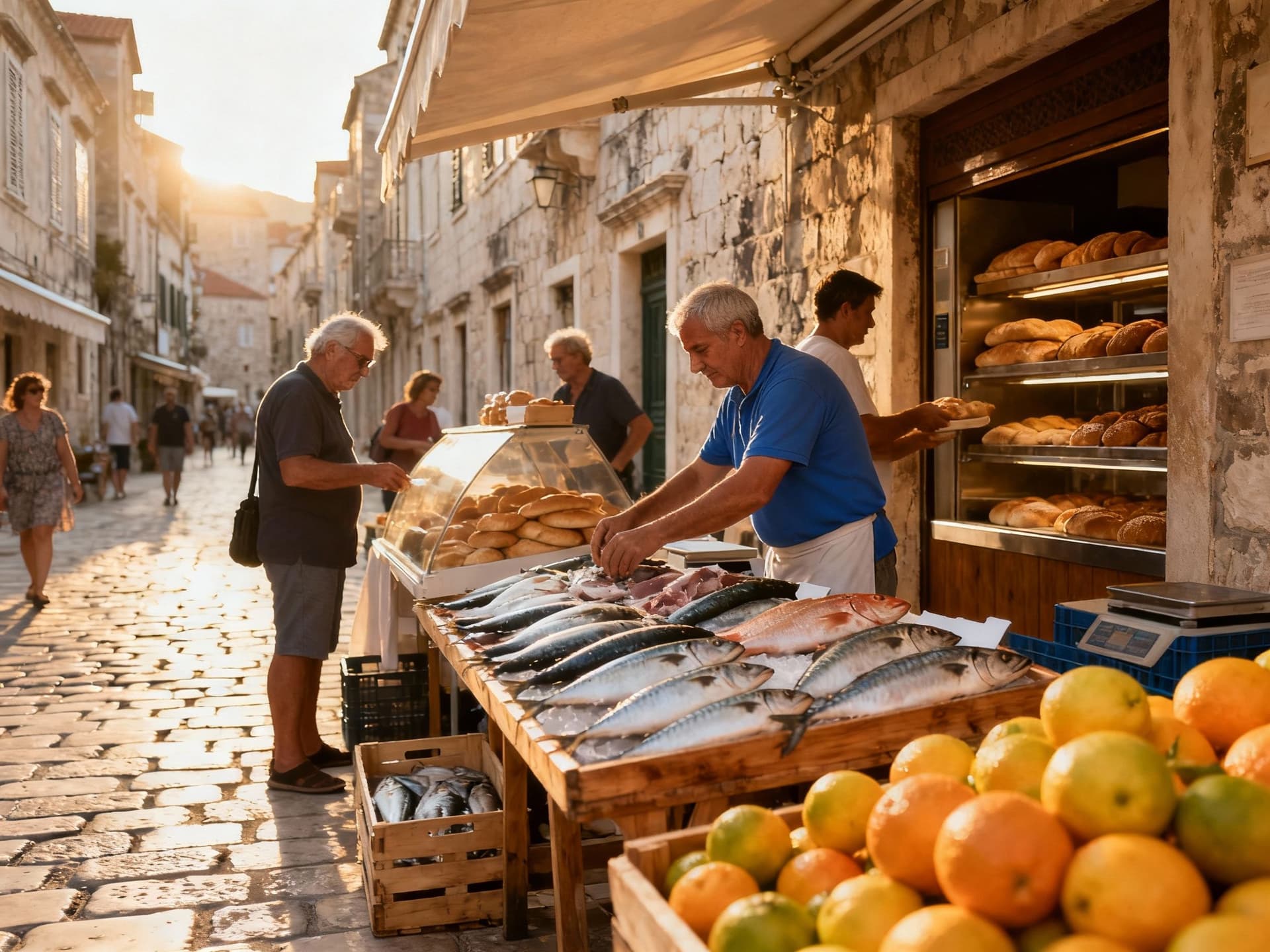
Croatia is less a single lifestyle than a collection of rhythms: Zagreb’s cafés hum year-round; Istria’s hill towns follow truffle and wine seasons; the Dalmatian coast pulses in summer yet now extends into spring and autumn. The tactile parts matter—market stalls at Dolac in Zagreb, olive oil tastings near Rovinj, fishermen selling morning catch in Stari Grad—these are the details that shape what kind of property will actually suit you.
Coastal pulse: Split, Dubrovnik, and island life
Summer brings crowds to the Old Towns, but recent tourism figures show stronger pre- and post-season demand—making spring and autumn livable rather than merely visitor months. Expect mornings with local bakers in Split’s Varoš, late-afternoon swims off Čiovo, and quieter winters where neighbourhood bar terraces become community rooms. That season-extension changes rental economics and the desirability of properties close to year-round services.
Inland and Istria: Truffles, wine and a different tempo
Istria and continental Croatia reward a slower life—weekend markets, hilltop villas, wineries that host harvest dinners. These places are less seasonally driven and therefore offer different property trade-offs: larger gardens, more renovation opportunities, and lower exposure to short‑term rental volatility. For lifestyle buyers who value local food culture, they often represent better long-term inhabitability.
- Daily highlights: Dolac market (Zagreb); Riva espresso (Split); Punta Corrente walk (Rovinj); Ston oysters and salt flats; Hvar morning harbour; local konobas in Šibenik.
Making the move: practical choices that preserve the life you want
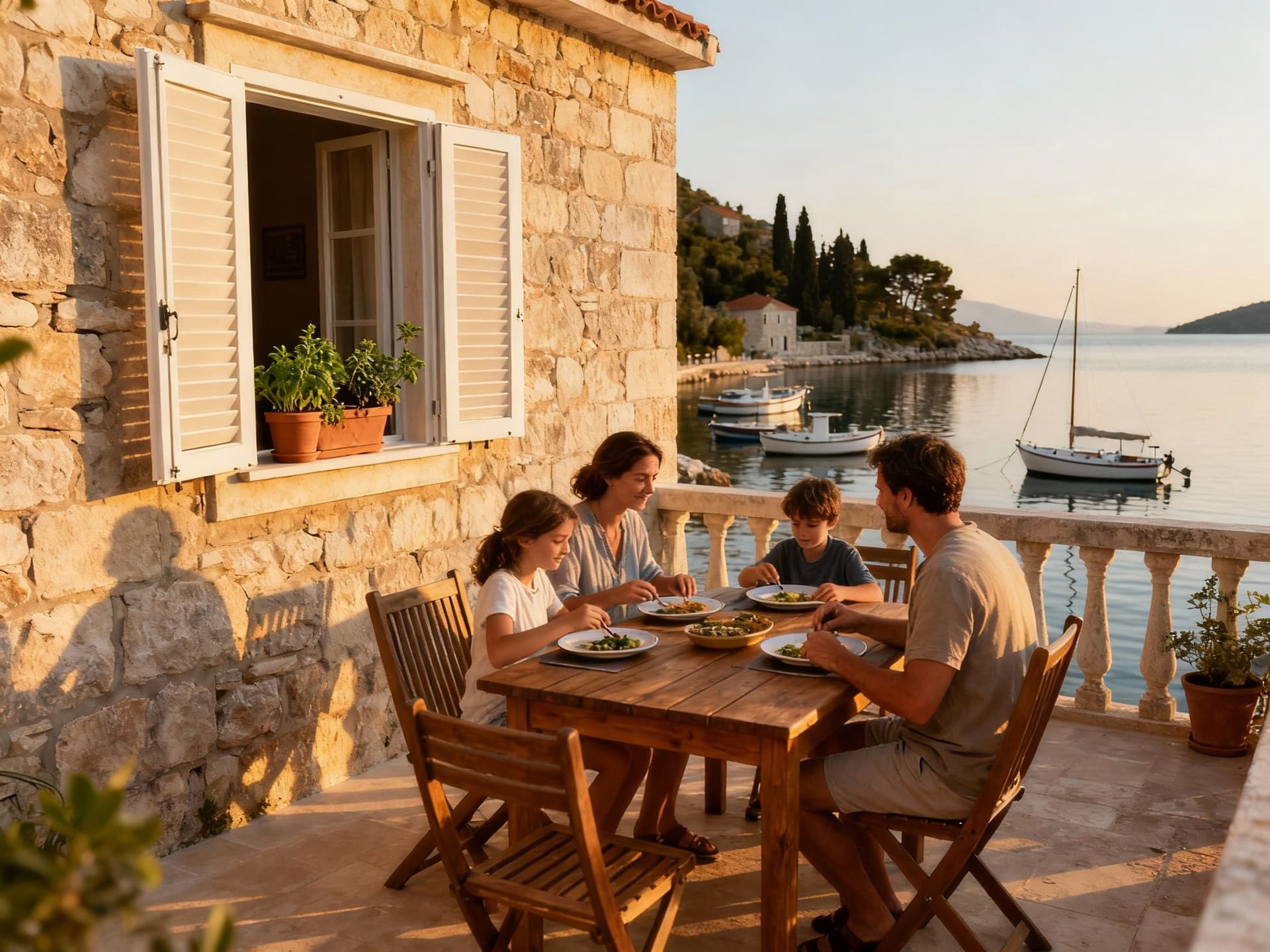
You can buy the seaside romance or buy a cashflow asset; the two don’t always align. Recent reports show new-apartment prices rising—especially outside Zagreb—so match what you love (terrace, sea view, olive grove) with realistic expectations about liquidity and maintenance. Think in seasons: if you want true off-season life, prioritise connections to services over headline sea views.
Property styles and how you’ll actually use them
Stone townhouses demand restoration budgets but give centrality and character; modern apartments are easier to manage and rent; rural houses offer land and privacy but may need upgrades for winter comfort. If mornings at market are important, prioritise proximity to the square rather than a view that’s empty nine months a year. A realistic use-case avoids romantic overspend on features you’ll seldom use.
Working with experts who know both life and law
Choose advisors who translate lifestyle needs into concrete checks: service access in winter, seasonal running costs, rental season length and local tax changes. Recent government moves to rebalance property taxation mean you should ask how new levies (or exemptions for long-term lets) affect running costs. A good agent will be upfront about these trade-offs and show comparable realised sales, not just asking prices.
- Step-by-step decision checklist: 1) List how you’ll live in each season; 2) Prioritise three locational must-haves (services, light, transport); 3) Request recent sale prices within 6 months from your agent; 4) Model running costs with proposed tax changes; 5) Inspect outside high season to check services.
Insider knowledge: red flags, small gains and what expats wish they’d known
Expats consistently tell the same story: they fell for light and sea, then learned that water pressure, winter heating and year-round grocery choices decide daily happiness. The market’s recent acceleration makes transparency vital—ask for recent utility bills, condominium meeting minutes, and exact cadastral boundaries. Small, verifiable facts separate a joyful purchase from an expensive regret.
Cultural glue: language, neighbours and local rules
Learning a few phrases at the bakery goes a long way. Neighbourhood norms—who uses the terrace, how rubbish is sorted, when shops close—matter for integration. Joining a local konoba event or municipal meeting helps you understand informal constraints like boat mooring etiquette or community-maintained paths to the sea.
Long-term view: how lifestyle choices affect value
Properties aligned with year-round living—good heating, service access, reliable internet—tend to hold value better than dramatic-but-inconvenient seafront pieces. Expect premiums for turnkey modern apartments and for restored townhouses in walkable centres. If rental income is part of your plan, prioritise properties that perform in shoulder seasons as well as peak months.
- Red flags to ask about before signing: unclear land registry entries; lack of recent condominium minutes; seasonal-only access roads; utility overuse during high season; unresolved planning permissions nearby.
Conclusion: Buy the life, then verify it. Croatia offers a range of lifestyles—from the carnival energy of Dubrovnik summers to intimate harvest dinners in Istrian hills. Treat market data and local seasonality as tools, not obstacles. Visit in an off-peak month, bring a checklist that includes services and legal transparency, and work with advisors who can translate a seaside morning into a sustainable life plan.
Swedish expat who moved from Stockholm to Marbella in 2018. Specializes in cross-border legal navigation and residency considerations for Scandinavian buyers.
